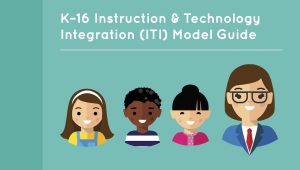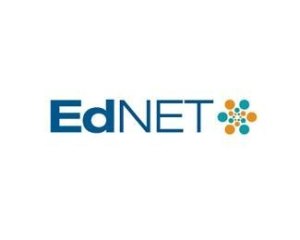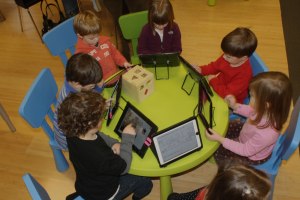
Image: gettingsmart.com
Since 2014, Dr. Phillip W. Van Hickman has served as the superintendent of the Columbus Municipal School District in Mississippi. As a result of his introduction of new educational technology, the poorly performing school district experienced a large-scale transformation that brought about improvements in student academic performance and national recognition for the turnaround. On the basis of that work, Dr. Phillip W. Van Hickman subsequently partnered with Getting Smart to develop a new teaching program called the K-16 Instruction and Technology Integration Model (K-16 ITI).
The K-16 ITI ensures that students are equipped to compete in a global society. To that end, the model guides teachers as they incorporate technology and personalized learning techniques into their daily paradigm.
The K-16 ITI basically provides a technology-integration strategy and learning format. Its teaching and personalized learning process involves four phases: I Do, We Do, They Do, and You Do. When teachers faithfully follow this sequence, with the help of cutting-edge technology, they can efficiently tailor instruction to meet students’ individual needs and realize swift progress.
The first phase involves teacher-driven instruction (I Do). The teacher introduces new learning and demonstrates the concepts within the lesson. Next, a group-driven discovery phase (We Do, They Do) is initiated, which involves student discussion and self-assessment. Following that group learning practice, students embark on independent practice (You Do). Teachers are encouraged to establish high-impact centers and incorporate their use into their lesson plans in order to help students more effectively communicate, collaborate, think critically, and discover creative solutions.






